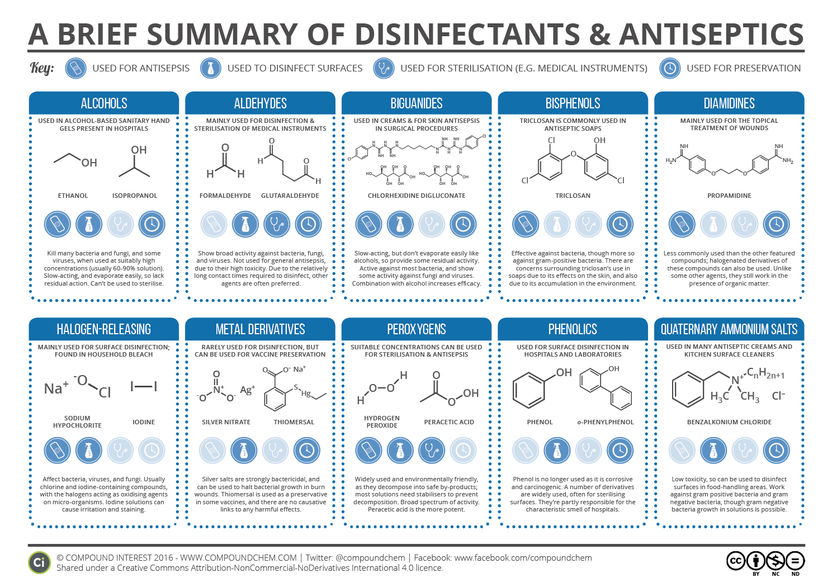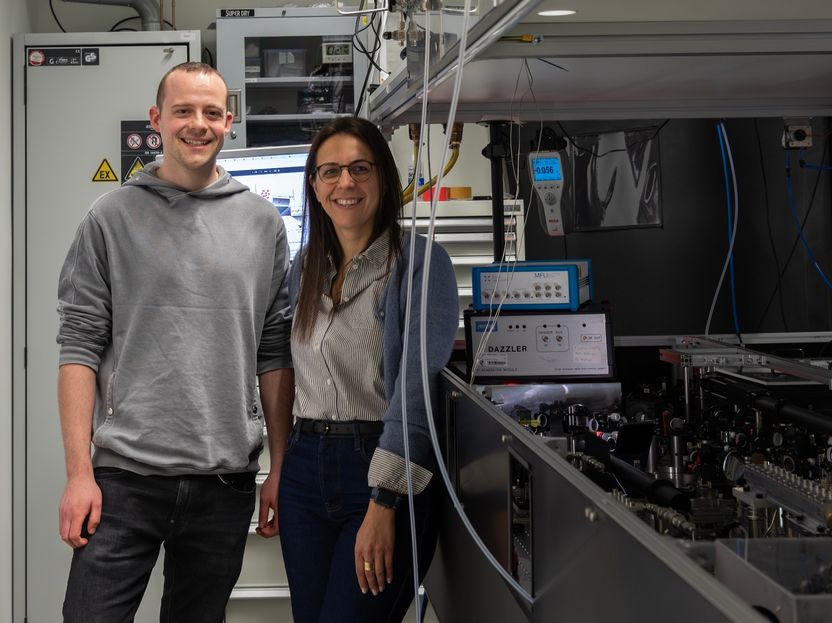Scent Prediction
Lily of the valley fragrance: electronic surface structure determines interactions with scent receptors
An interdisciplinary team headed by Reinhold Tacke (inorganic chemistry, University of Würzburg), Philip Kraft (Scent Research, Givaudan Schweiz Inc.), and Hanns Hatt (Cell Biology, University of Bochum) have attempted a "scent prediction" to test their computer model of lily-of-the-valley fragrance receptor hOR17-4. This molecule was characterized in detail as the first human scent receptor by Hatt and his co-workers, who also discovered it in sperm.
A fragrance is usually composed of a mixture of many different scented substances. Each of these individual substances can react with several of the approximately 347 scent receptors in our nose and show a complex scent. "When developing new fragrances, we have to rely on correlations between structure and effect derived from model substances as well as intuition," says Kraft. With the help of sperm, however, it is possible to study the lily-of-the-valley receptor in virtual isolation and simulate the primary process of scent sensing by computer.
An olfactory receptor responds to a scent molecule when it fits into the receptor's binding cavity. If the structure of the cavity is known, it should be possible to use computer models to predict whether a scent activates the receptor in question and to what degree. To prove this theory, the scientists investigated how the replacement of one carbon atom with a silicon atom affects the scent of lily-of-the-valley fragrance components lilial and bourgeonal, and whether this subtle alteration, which has minimal influence on the molecular shape, can also be predicted quantitatively. The human nose was indeed fooled. Tacke says, "All four of the synthesized compounds had the typical floral aldehydic lily-of-the-valley fragrance, but didn't smell completely identical." However, near their threshold levels, it was no longer possible to tell these scents apart. "Only the most sensitive lily-of-the-valley receptor is activated at these concentrations," explains Hatt.
On the basis of calculated binding energies, the team had made a prediction of the scent intensities as well as the sensitivity of sperm to the test molecules. These predictions corresponded very closely to the experimentally observed results. As expected, the odor thresholds were significantly higher for the silicon analogues than for lilial and bourgeonal.
Original publication: Reinhold Tacke et al.; "Prediction of Perception: Probing the hOR17-4 Olfactory Receptor Model with Silicon Analogues of Bourgeonal and Lilial"; Angewandte Chemie International Edition 2007, 46, No. 18, 3367-3371.
Organizations
Other news from the department science

Get the chemical industry in your inbox
By submitting this form you agree that LUMITOS AG will send you the newsletter(s) selected above by email. Your data will not be passed on to third parties. Your data will be stored and processed in accordance with our data protection regulations. LUMITOS may contact you by email for the purpose of advertising or market and opinion surveys. You can revoke your consent at any time without giving reasons to LUMITOS AG, Ernst-Augustin-Str. 2, 12489 Berlin, Germany or by e-mail at revoke@lumitos.com with effect for the future. In addition, each email contains a link to unsubscribe from the corresponding newsletter.
Most read news
More news from our other portals
Last viewed contents
MOX_fuel
Catagenesis_(geology)
Almac Opens Analytical Labs in New US Headquarters

Mitsui Chemicals and Prime Polymer Establish New PP Compounds Company in Netherlands

A Brief Summary of Disinfectants & Antiseptics



























































